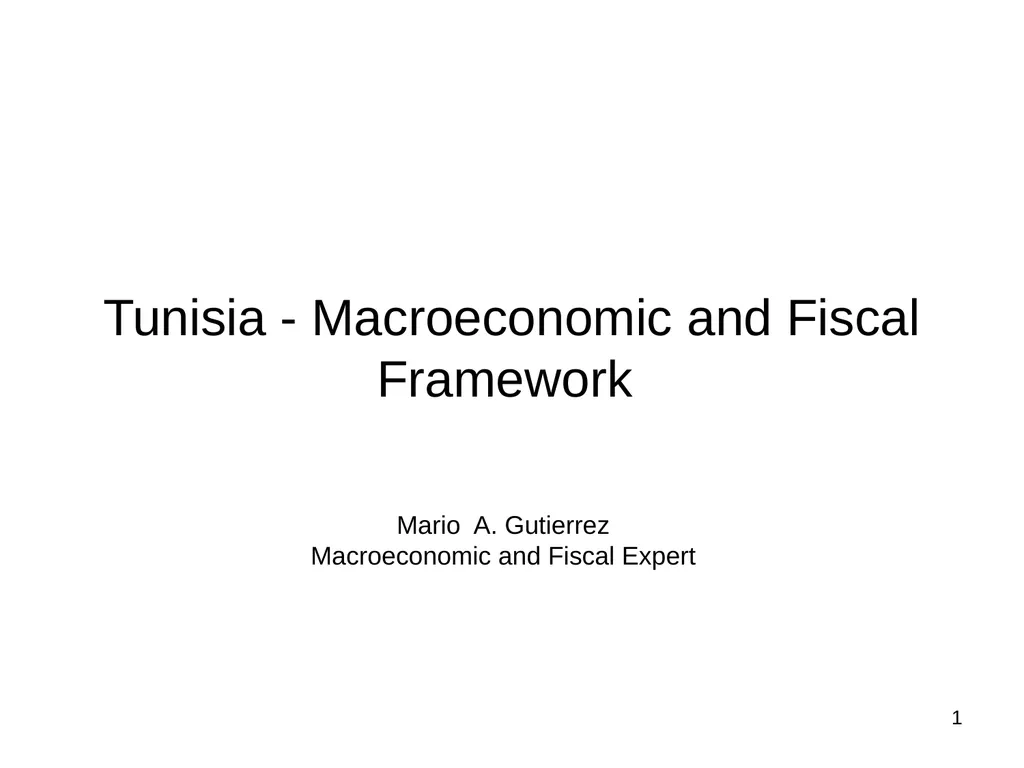
Tunisia - Macroeconomic and Fiscal Framework Mario
Author: stefany-barnette | Published: 2025-05-29
Description: Tunisia - Macroeconomic and Fiscal Framework Mario A. Gutierrez Macroeconomic and Fiscal Expert 1 Contents Concept and Uses of a Macroeconomic Framework Functional Relationships in Financial Programming: How it works. Flow of Funds concept.
Download Presentation
Download the PPT/PDF: Download
Transcript:
Loading transcript…